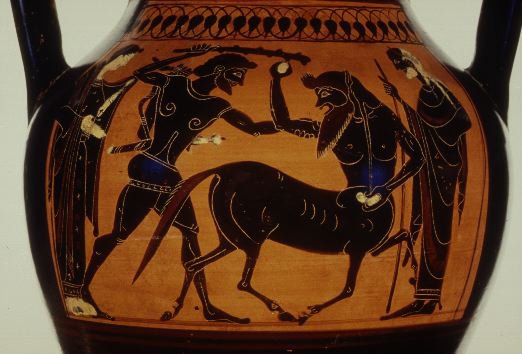
Definição, evolução e controvérsia ligada aos transplantes realizados entre espécies, abrangendo os problemas clínicos e éticos da operação.
A Medicina é, hoje em dia, um dos temas mais mediáticos, seja no que toca ao surgimento de notícias ou no sensacionalismo em que se traduzem Filmes e Séries de televisão.
É graças à diversidade natural que nos rodeia que o ser humano foi capaz de descobrir, desenvolver e aperfeiçoar técnicas de medicina cada vez mais eficientes e acessíveis.
Comprimidos, antibióticos, xaropes, cápsulas, tudo o que se possa imaginar que é usado no quotidiano para combater doenças tem origem na vida e na variedade da natureza que nos rodeia.
O começo do uso da biodiversidade na medicina surgiu com a utilização de plantas desde cedo por parte dos seres humanos, que ao longo dos tempos aprendeu a distinguir as suas propriedades.


Using animals to assist with human medical procedures is nothing new. Leeches can help heal skin grafts by restoring circulation in blocked veins and removing pooled blood under new grafts. Maggots will clean a wound by eating only the dead tissue, thereby aiding in preventing infection. Now, an insect commonly known as the kissing bug is being put to work in zoos in Germany and England as a living syringe.
Collecting blood samples from zoo animals can prove to be a difficult task, often requiring sedation. Small animals are especially tricky because finding a vein from which to draw blood can be nearly impossible. The kissing bug solves those problems—it's any one of 130 species of small, blood-sucking insects belonging to the sub-family Triatominae. Like most blood-suckers, the kissing bug releases a painreducing enzyme when it bites, effectively anesthetizing the area at the same time as the bite. The bug is at the center of a pilot project in two zoos in the UK under the umbrella of a study which originated in Germany. The insects are bred in a sterile lab, then put against an animal's hide under a container in which they are caught when they have finished feeding. They are ultimately killed to collect the blood samples. The technique is so far proving to be a welcome non-invasive alternative.
Texto retirado de BBC.com
With the world facing an organ shortage so serious that the majority of potential transplant recipients die while on waiting lists, doctors have looked to similarly sized animal organs as a potential alternative to human donations. Unfortunately, the human body swiftly rejects animal organs. Animal lungs have proven especially problematic, as they stop functioning as soon as they com in contact with human blood.
Now, researchers at Alfred Hospital in Melbourne, Australia, have used genetically modified pig lungs to successfully pump human blood. Since pig organs are essentially the same size and shape as human organs, this advance could drastically increase the number of lungs available for transplant.
The lungs themselves were created at St. Vincent's Hospital, also in Melbourne. There, doctors removed DNA, known as the Gal gene, known to hinder inter-species compatibility. At Alfred Hospital, the doctors hooked the lungs up to artificial breathing machines, and watched as deoxygenated human blood pumped through the pig lungs, and came out oxygen rich on the other end.
However, even though this advance represents a series leap forward, the scientists themselves to expect to begin clinical trials of the new technique for at least another five to ten years.




